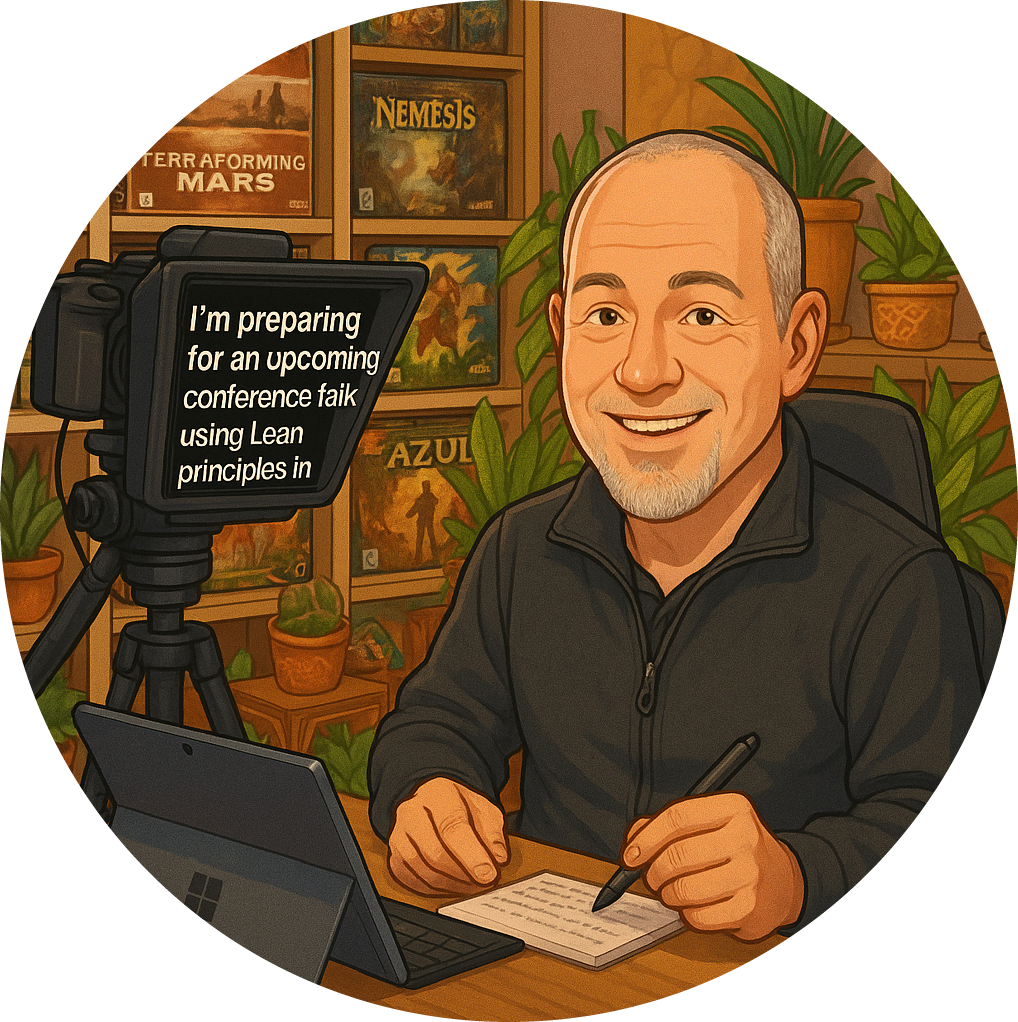In my journey through the world of product development , I’ve often found myself reflecting on the relationship between our products and the users who engage with them. It’s a dynamic that can make or break the success of what we create. Today, I want to share some insights on how we can foster a more benevolent relationship with our users, ensuring that they see our products not as burdens or cost centres, but as valuable tools that empower them.
Understanding User Perception
When we think about user engagement, it’s crucial to consider how they perceive our products. If users view our offerings as a burden, it can lead to a host of issues, from poor adoption rates to negative feedback. Here are a few key points to keep in mind:
Empathy is Essential: We need to step into our users’ shoes. What challenges are they facing? How can our product alleviate those pain points? Engaging in open conversations about their experiences can provide invaluable insights.
Value Proposition: It’s not enough to simply provide a product; we must communicate its value clearly. Users should feel that our product enhances their work rather than complicates it. If they see it as a cost centre, we need to reassess our messaging and the product’s functionality.
Benevolence in Action: Strive to be seen as a partner in their success. This means being proactive in addressing their concerns, whether through bug reports or general feedback. When users feel supported, they are more likely to view our product positively.
Building a Positive Relationship
To cultivate a positive relationship with our users, we must adopt a mindset of benevolence. Here are some strategies that have worked for me:
Open Communication Channels: Create avenues for users to voice their concerns and suggestions. This could be through regular check-ins, feedback forms, or community forums. The more we listen, the better we can serve them.
Iterative Improvements: Use the feedback we gather to make continuous improvements. When users see that their input leads to tangible changes, it reinforces their belief in the product’s value.
Celebrate Successes Together: Acknowledge and celebrate the achievements of our users that are made possible through our product. This not only strengthens the relationship but also highlights the product’s impact.
Conclusion
In conclusion, the way we engage with our users can significantly influence their perception of our products. By fostering a culture of empathy, open communication, and continuous improvement , we can transform our offerings from mere tools into essential partners in their success. Remember, when users see our products as enablers rather than burdens, we all win.
As we move forward, let’s commit to being benevolent in our approach, ensuring that our products are not just functional but also a source of empowerment for those who use them. After all, a positive user experience is the cornerstone of sustainable product success.

























